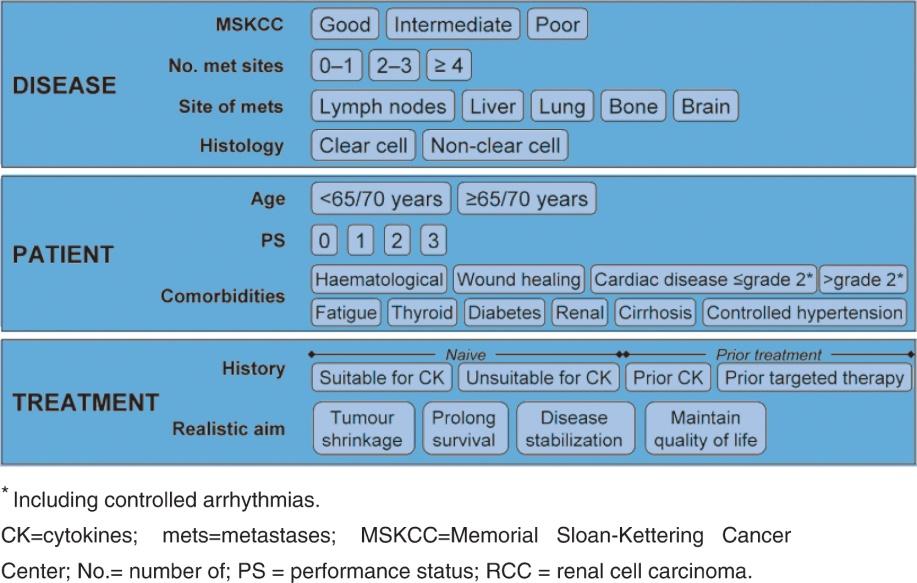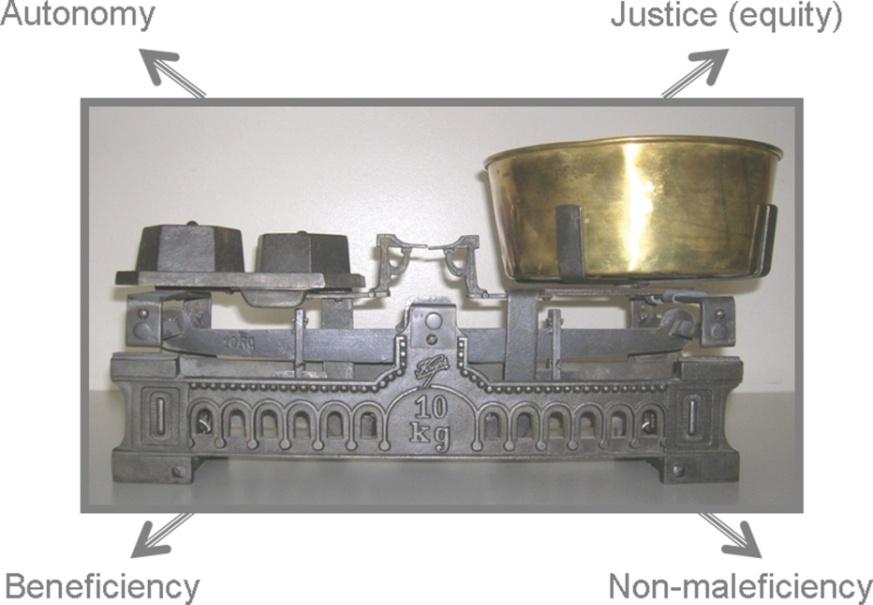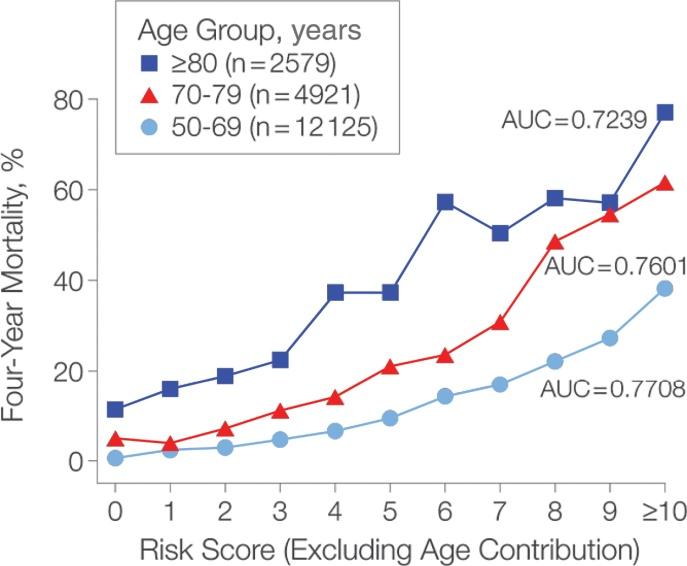
4 minute read
Anxiety
Psychotherapy, including supportive therapy, psychoeducational interventions, cognitive behavioural therapy (CBT), interpersonal therapy (IPT), and problem-solving therapy also appear to help older depressed patients with cancer. Supportive techniques such as active listening with supportive comments can be readily applied by oncologists and oncology nurses. Cognitive therapy, which focuses on how an individual’s inaccurate thoughts or assessments of his/her situation lead to anxious and depressed feelings, can be used to help a patient develop an adaptive perspective on his/her circumstances.
• CBT has been found to help depressed patients with cancer, in particular by combining behavioural activation with cognitive techniques. • Group therapy for patients with cancer, caregivers, and families may be advantageous, allowing individuals to receive support from others facing similar problems.
Advertisement
Anxiety disorders in older cancer patients are common. As with depression, there needs to be greater attention on understanding and recognising anxiety disorders in older adults with cancer.
Anxiety in Geriatric Patients with Cancer
Prevalence rates of anxiety vary between 1% and 23% in studies of patients with cancer. In patients with advanced cancer, rates of anxiety have been found to be close to 30%. Older adults with cancer often have multiple medical conditions and complex polypharmacy issues that may blur the clinical presentation of anxiety. The diagnosis of anxiety in older patients with cancer is usually determined by questions about ongoing worry, restlessness, pacing, apprehension, and hypervigilance. Several factors that can complicate the diagnosis of anxiety in older patients with cancer include pain, respiratory distress, sepsis, endocrine abnormalities, hypoglycaemia, hypocalcaemia, hormonesecreting tumours, and pancreatic cancer. A change in metabolic state or an impending medical catastrophe may be heralded by symptoms of anxiety. Suddenly occurring symptoms of anxiety with chest pain, respiratory distress, restlessness, and a feeling of “jumping out of my skin” may indicate a pulmonary embolus. Patients who are hypoxic often appear anxious and fear that they are suffocating or dying.
The use of steroids, anti-emetics, and withdrawal from narcotics, benzodiazepines, and alcohol can all cause anxiety. Akathisia, a common side effect of neuroleptic drugs used to control nausea, may often manifest as anxiety and restlessness. These symptoms can be controlled by the addition of a benzodiazepine or a beta-blocker.
Withdrawal states from alcohol, opioids, and benzodiazepines are often overlooked as causes of anxiety and agitation even in older patients. Patients in the palliative care setting may have been prescribed shorter- acting benzodiazepines (e.g., lorazepam, alprazolam, and oxazepam) to control both anxiety and nausea. With inadequate dosing
or tapering regimens, these patients often have rebound anxiety or withdrawal between doses.
Panic disorder often presents as a sudden, unpredictable episode of intense discomfort and fear with thoughts of impending doom. Patients who have already compromised respiratory function may have cyclical exacerbations of their anxiety and breathing problems. Symptoms of a pre-existing panic disorder may intensify during the palliative care phase when patients are confronting increasing physical symptoms and disability and their own mortality.
Treatment for Anxious Older Patients with Cancer
Psychotherapeutic and pharmacological approaches have been shown to successfully treat anxiety disorders in older adults. Individual and group cognitive-behavioural interventions and supportive therapy, IPT, problem- solving therapy, and insight-oriented therapy have been used successfully with older patients to relieve anxiety.
• For patients with mild to moderate anxiety, the use of psychological techniques alone may be sufficient to assist them in managing anxiety. Psychoeducational interventions are particularly useful for anxious patients who have difficulty understanding medical information about their prognoses and symptoms. Explaining the predictable emotional phases through which patients pass as they face new and frightening information may also alleviate their anxiety. Providing information to patients’ families enables them to cope more effectively, which in turn enhances patients’ sense of support. Cognitive-behavioural interventions include reframing negative, irrational thought processes, progressive relaxation, distraction, guided imagery, meditation, biofeedback, and hypnosis. Other psychotherapeutic techniques such as supportive and insight-oriented therapy may be helpful to reduce anxiety symptoms and allow for better coping with the cancer. When working with older cancer patients, having the flexibility to adjust the length of sessions, intervals between sessions, and use of the telephone for those who have difficulty coming into your office is imperative. • One quarter to one-third of patients with advanced cancer receive antianxiety medication during their hospitalisations. In deciding whether a pharmacological approach may be useful, the severity of the patient's anxiety symptoms and the degree to which they interfere with overall well-being are the most reliable guides.
Given the possibility of compromised hepatic and renal functioning, as well as increased sensitivity to pharmacological interventions, drugs are to be used with caution in older patients. Starting with lower doses than would be used with younger, physically healthy patients, and increasing these doses more cautiously will lead to more successful outcomes. o The first-line antianxiety drugs are benzodiazepines. In older patients however, these medications may result in mental status changes such as confusion or





